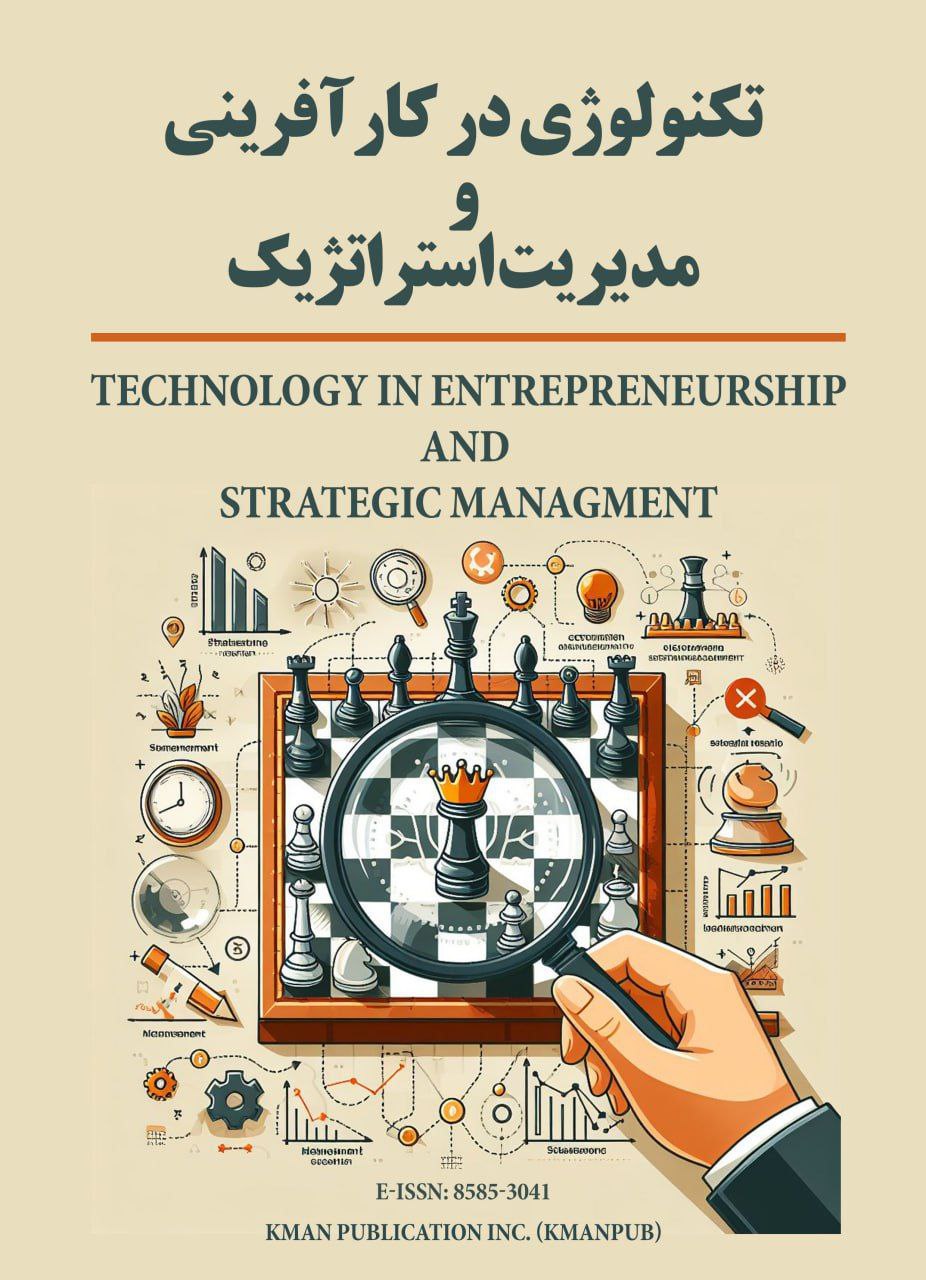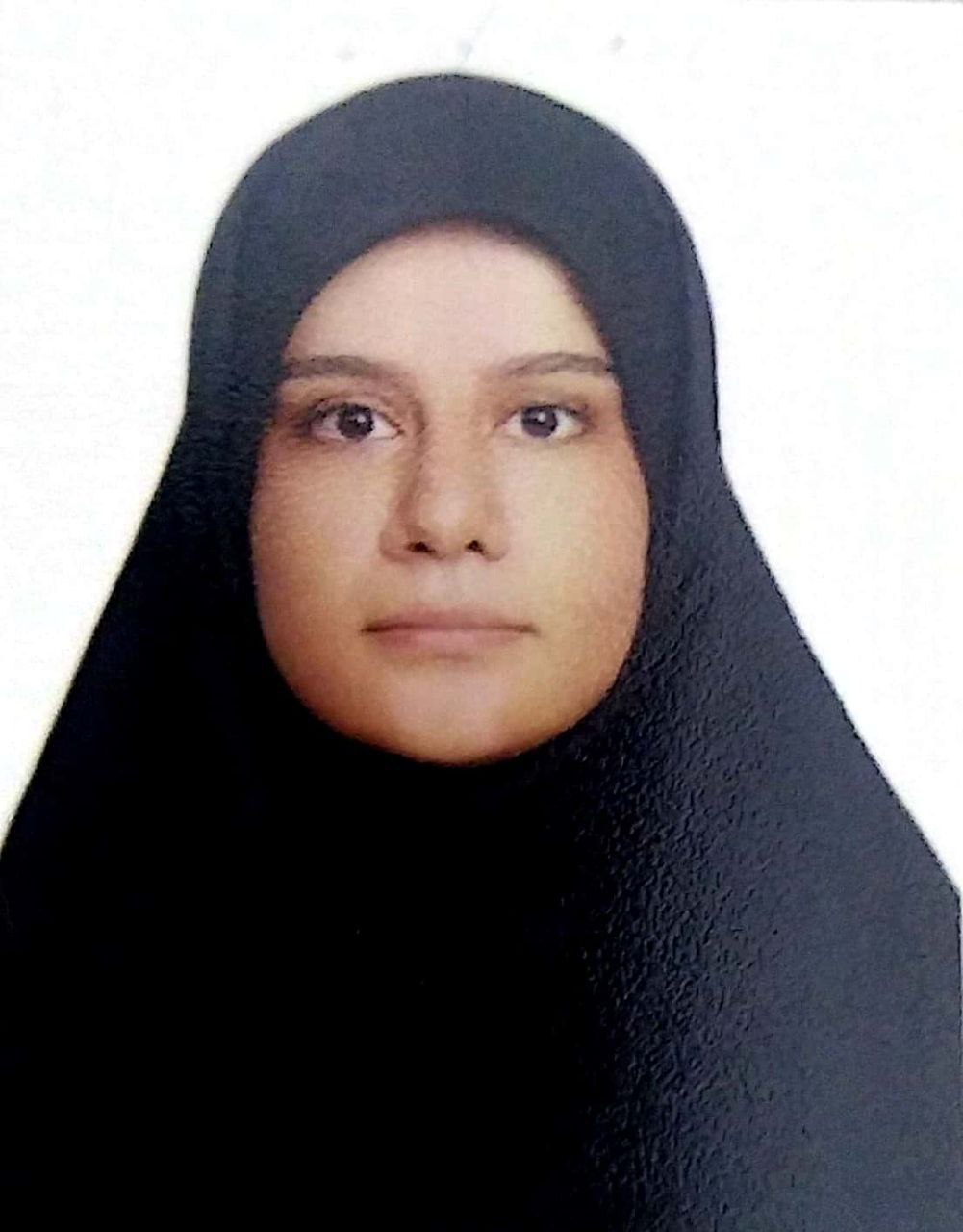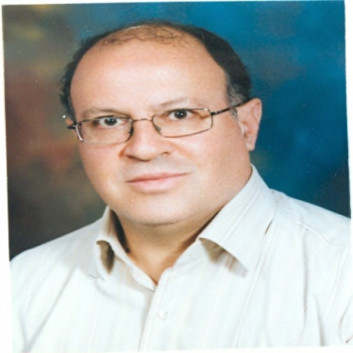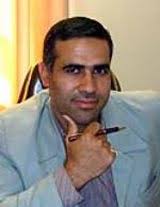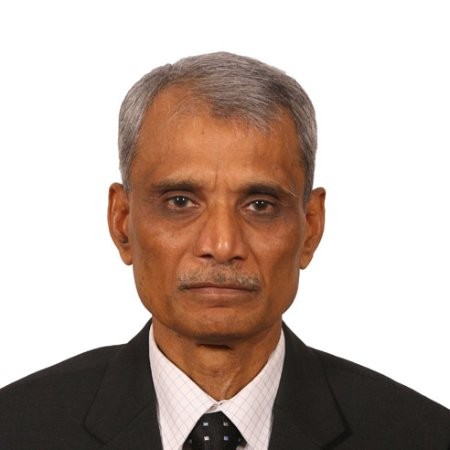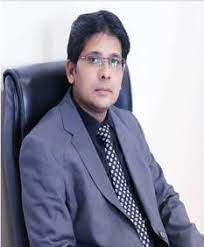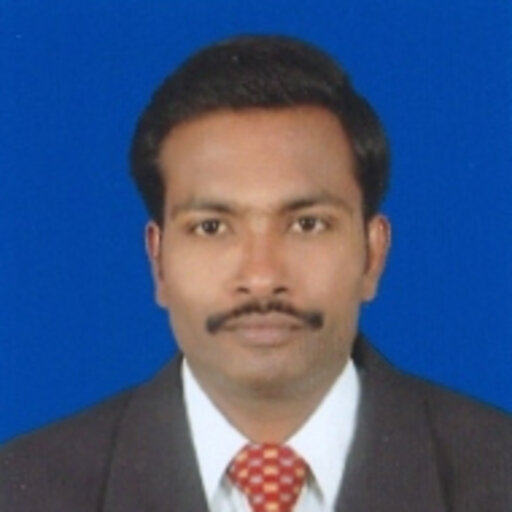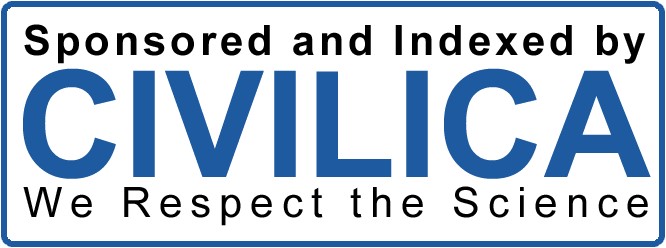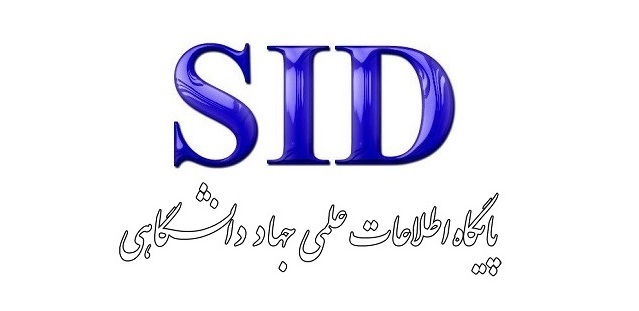Futurology of the Human Resource Development in the Sports Tourism Industry
Keywords:
Foresight, human resource development, sports tourism industryAbstract
The purpose of this research was to foresee the development of human resources in the sports tourism industry. The current research was applied in terms of purpose, in terms of survey method. The statistical population of this research was made up of faculty members, human resource managers in the field of sports tourism, and sports tourism experts who formed a targeted sampling of 22 people using the snowball method. In-depth and semi-structured interviews were used to collect data. For this purpose, the researcher first reviewed the literature and theoretical foundations related to the sports tourism industry. Then, a semi-structured interview was conducted with experts to determine the factors (22 interviews were conducted until data saturation). In order to analyze the mutual effects, a researcher-made matrix questionnaire was used based on qualitative findings, and for data processing in the first part of the study, Delphi technique was used, and in the second part of the study, the interaction effects analysis was used with Mikmaq software. Finally, the financial stability of the government, political stability and the growth of human resources are influential variables. Government policy variables and demographic changes are influential variables. Variables of multi-skills, estimation of manpower, selection and recruitment of employees, continuous evaluation of human resources, healthy balance in work and life, quality of employer-employee relations and service compensation were identified as influential variables. The variables of training program and succession were identified as two-dimensional variables, and finally, the variables of security and investment of human resources, infrastructural factors (spatial environment), organizational convergence, information technology, legal environment of human resources, competence of human resources were identified as independent variables.
Downloads

